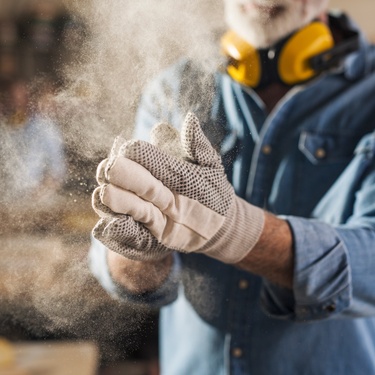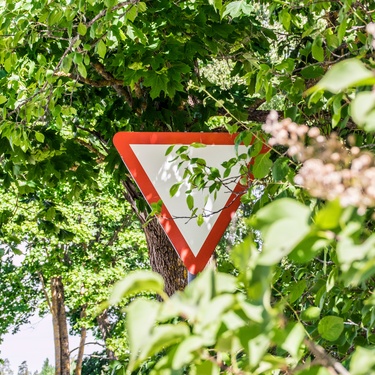
Wood? Toxic? The terms don’t seem to go together. Everyone thinks that wood products are safe and even healthy to use compared to synthetic ones, and they’re generally correct. However, although finished wood products are safe, their creation isn’t, and it all comes down to wood dust. If you’re curious about what wood toxicity is and how you can prevent it, read on.
What Is Wood Toxicity?
Wood toxicity refers to the harmful effects that wood (usually just the dust) can have on your body. Some woods release natural chemicals that are dangerous when inhaled or absorbed through the skin via wood dust. These toxins can cause anything from mild irritation to severe allergic reactions or poisoning.
The fine dust generated during sanding or cutting is the greatest hazard. However, some wood species warrant caution even after they’re cut and polished.
Not every wood is toxic, and reactions can vary widely depending on the species and the person working with it. Still, it’s crucial to recognize the risks so you can protect yourself.
Understanding the 3 Main Reactions
Wood toxicity generally leads to three types of reactions: irritation, sensitization, and poisoning.
Irritation
This is the most common reaction, inducing skin rashes, red eyes, and an itchy throat. For example, red cedar dust is notorious for causing respiratory irritation. Though usually temporary, irritation can escalate if you ignore it and continue unprotected exposure.
Sensitization
Sensitization happens over time as repeated exposure to certain woods makes your body more reactive. Essentially, you develop an allergy. After a while, the wood can cause severe rashes or asthma-like symptoms. Once sensitized, you may have lifelong reactions to that wood.
Poisoning
While rare, poisoning is the most serious type of reaction. It occurs when wood dust or oils are absorbed through the skin or inhaled in large quantities. Teak, for instance, is a wood to be extremely careful around, as it contains toxic compounds that can cause nausea, headaches, or dizziness.
How To Stay Safe
You might be nervous after learning what wood toxicity is, but you can prevent it with a few straightforward practices.
Wear Masks and Ventilate
Most importantly, always wear a dust mask or respirator while you work. Additionally, invest in a dust collection system and ensure your workshop has adequate airflow to keep airborne particles to a minimum. You can also wear gloves and long sleeves to shield your skin from direct contact with toxic wood.
Do Your Research
Secondly, before working with an unfamiliar species, look it up! Knowing how toxic a wood is will appropriately inform the precautions you take.
Seal and Use Nontoxic Products
Thirdly, make sure you treat all your wood and use nontoxic products. Finishing the wood traps lingering dust and emissions that could be toxic. Likewise, use nontoxic products and coatings; otherwise, you defeat the purpose. For instance, Titebond glue is a woodworker favorite because of its strength and nontoxicity. Look for the same qualities in any polishes, finishes, and sealants you use.
Clean Up
Finally, don’t eat or drink near wood dust, and wash exposed skin thoroughly after working. You don’t want to accidentally ingest harmful particles.
Bio: Casey is a passionate copyeditor highly motivated to provide compelling SEO content in the digital marketing space. Her expertise includes a vast range of industries from highly technical, consumer, and lifestyle-based, with an emphasis on attention to detail and readability.



















